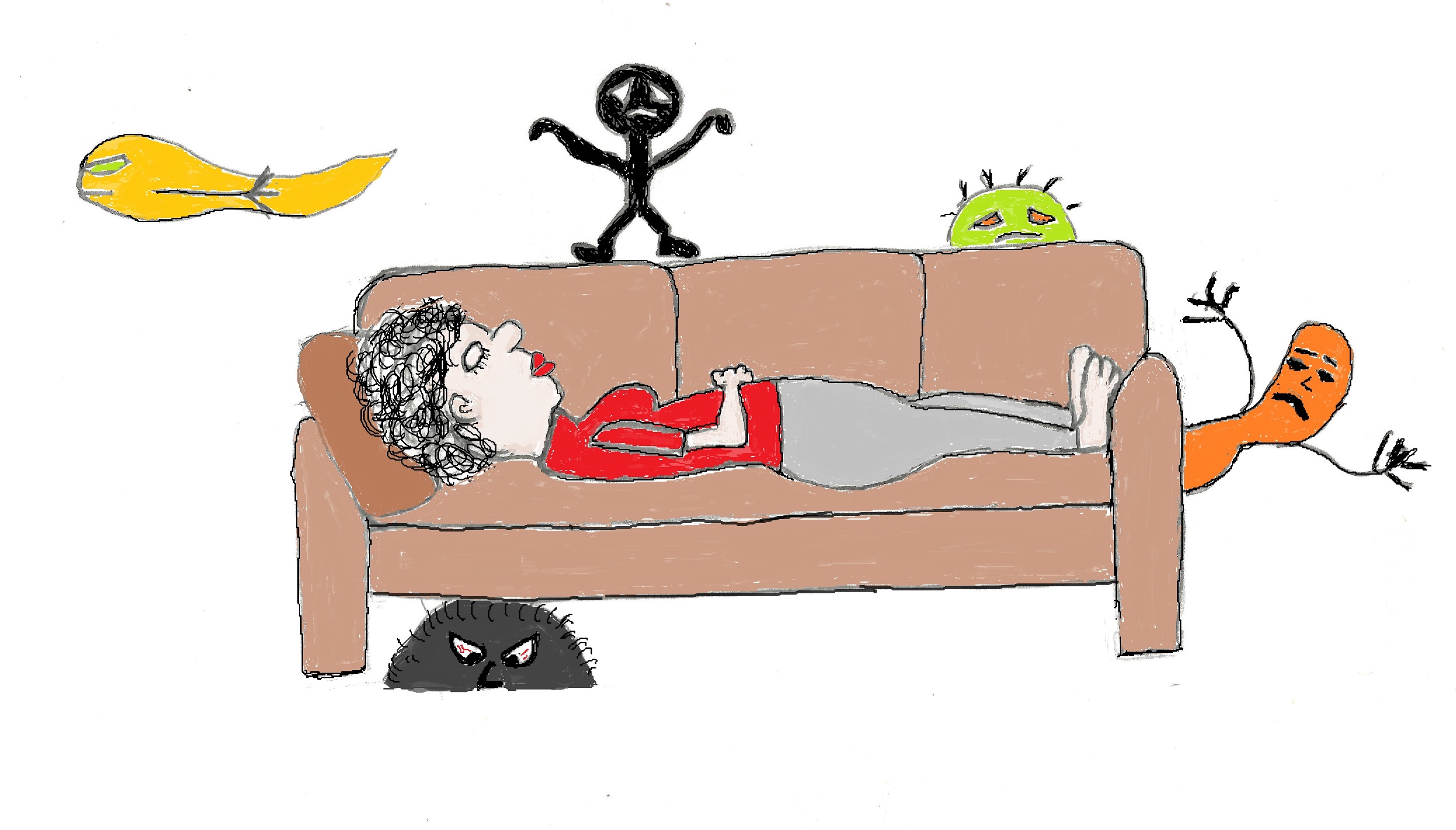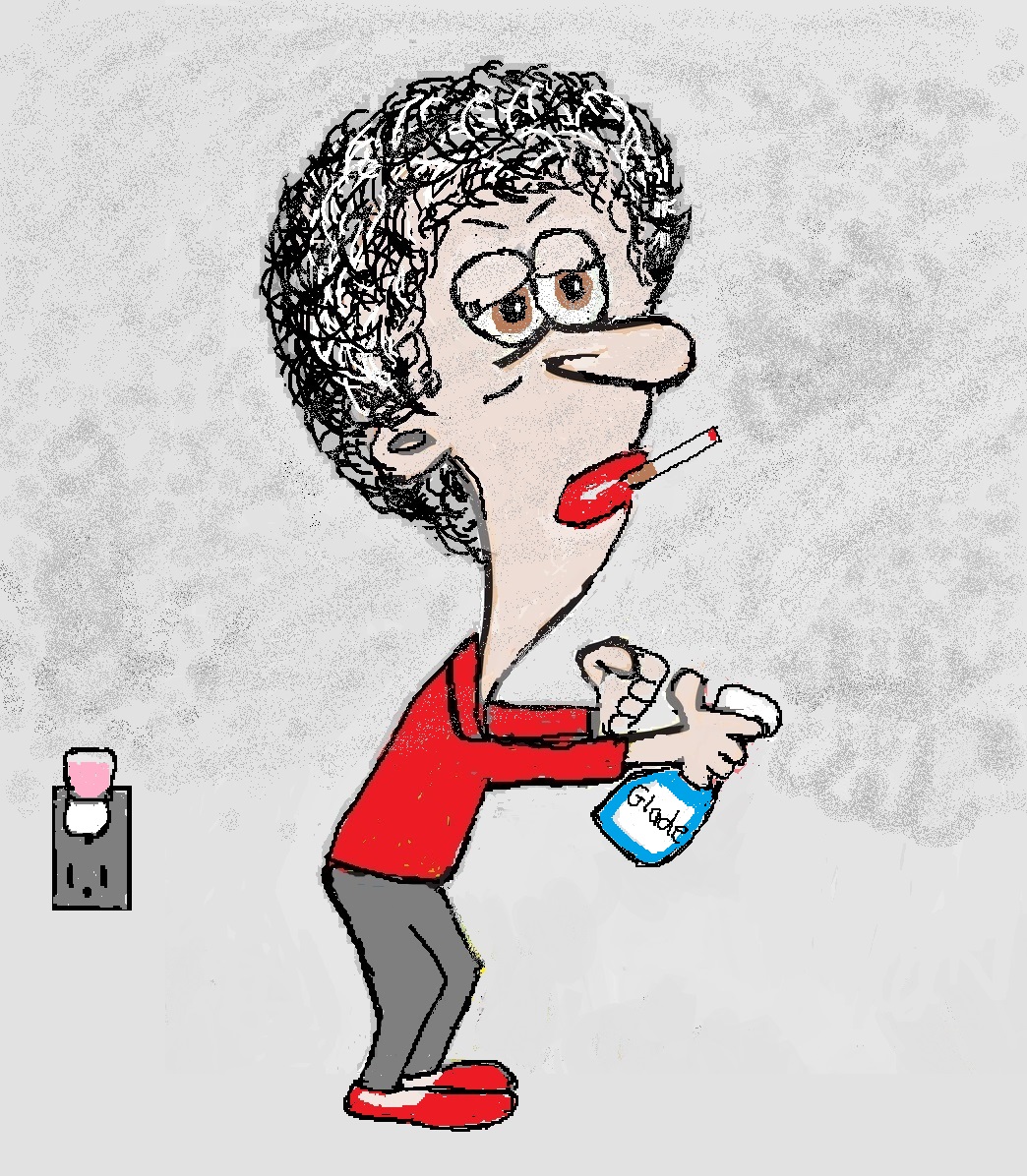Q & A - What Is Indoor Air Pollution?
So what is indoor air pollution? Well, like outdoor air pollution, it's a mixture of toxic chemicals. Many of these chemicals are released from the products you have in your home and circulate in the air. They are released in your home and
other buildings as volatile (VOC) and semi volatile (SVOC) organic compounds
and particles.
So What the Heck is a VOC?
Volatile Organic Compounds (VOCs) are a large group of carbon-based chemicals that easily evaporate at room temperature. Some of these you can smell (think “new car smell”) and others you can’t.
Dozens of VOCs can be admitted from a single product. Numerous studies have found the presence of anywhere from 50 to hundreds of different VOCs can be in your indoor air at any one time.
Examples of common VOCs found in homes are:
- Terpenes - (d-limonene and α-pinene)
- Acetaldehyde
- Acrolein
- Benzene
- Butadiene
- Chloroform
- Dichlorobenzene, 1,4
- Formaldehyde
- Naphthalene
- Vinyl chloride
SVOCs
While VOCs mostly exist in the gas phase in the atmosphere, SVOCs can exist in both gas and condensed phases. When SVOCs condense they can attach to indoor surfaces, including your skin and dust particles. That means they can hang out in your home from several months to years.
SVOCs commonly found in indoor air include:
- Polychlorinated Biphenyls (PCBs)
- Brominated Flame Retardants (PBDEs)
- Pesticides
- Phthalates
- Alkylphenols
- Parabens
Particles
Particle air pollution is the solid and liquid particles suspended in your homes air. These particles can vary in size, shape and chemical composition, depending on their sources.
Some particles are large or dark enough to be seen with the naked eye. Others, like the aerosols produced by scented products, are so small they can only be detected using an electron microscope.
The EPA is especially concerned about fine particles that have a diameter of 2.5 micrometers (μm) or less (called PM2.5) because you can easily inhale these small particles. To put this in perspective, a strand of your hair is 50-70 micrometers in diameter.
Particles are emitted into your air from a variety of sources, including when fragrance chemicals react with ozone. In fact, the use of scented products has been shown to increase indoor fine particle pollution by 30-90 micrograms per cubic meter. That level is above California’s exposure standard of 50 micrograms per cubic meter.
For more info on ways to identify what is causing indoor air pollution in your home, and how to clean up your homes air, check out the following articles.


